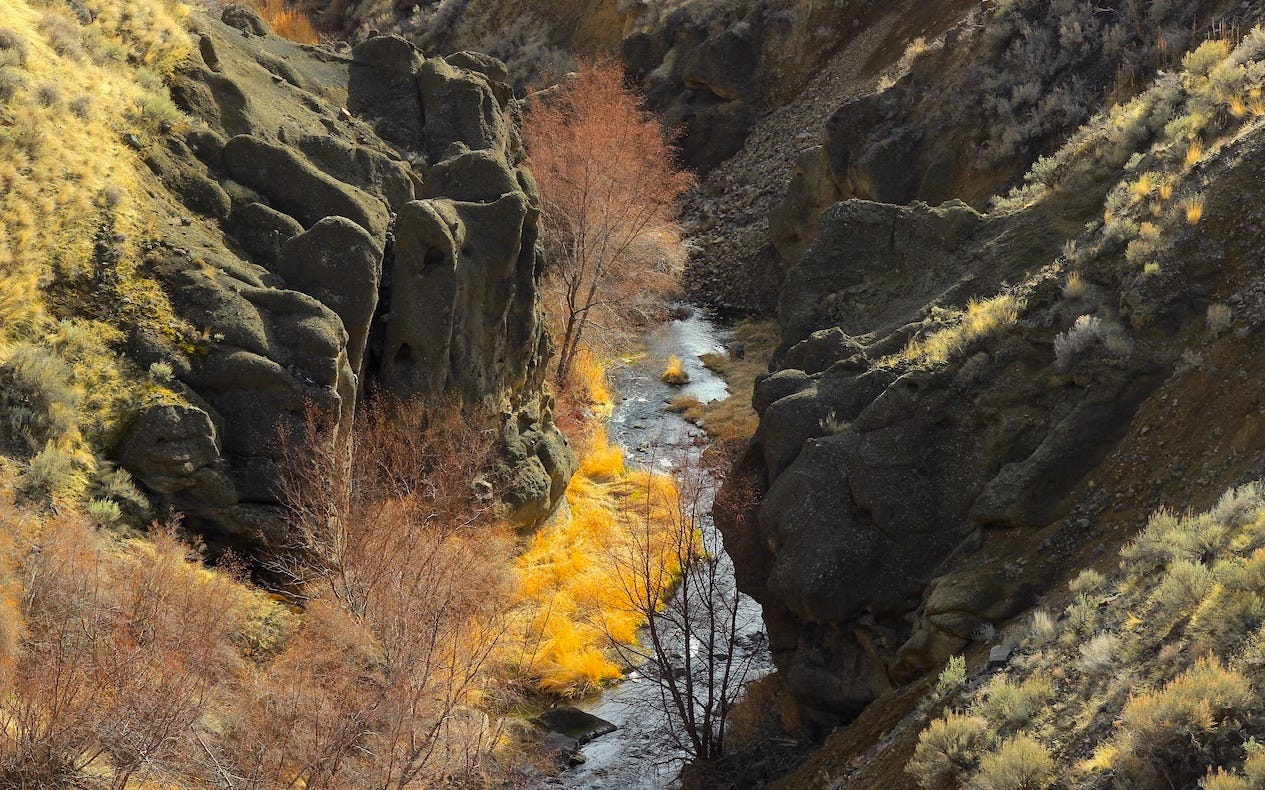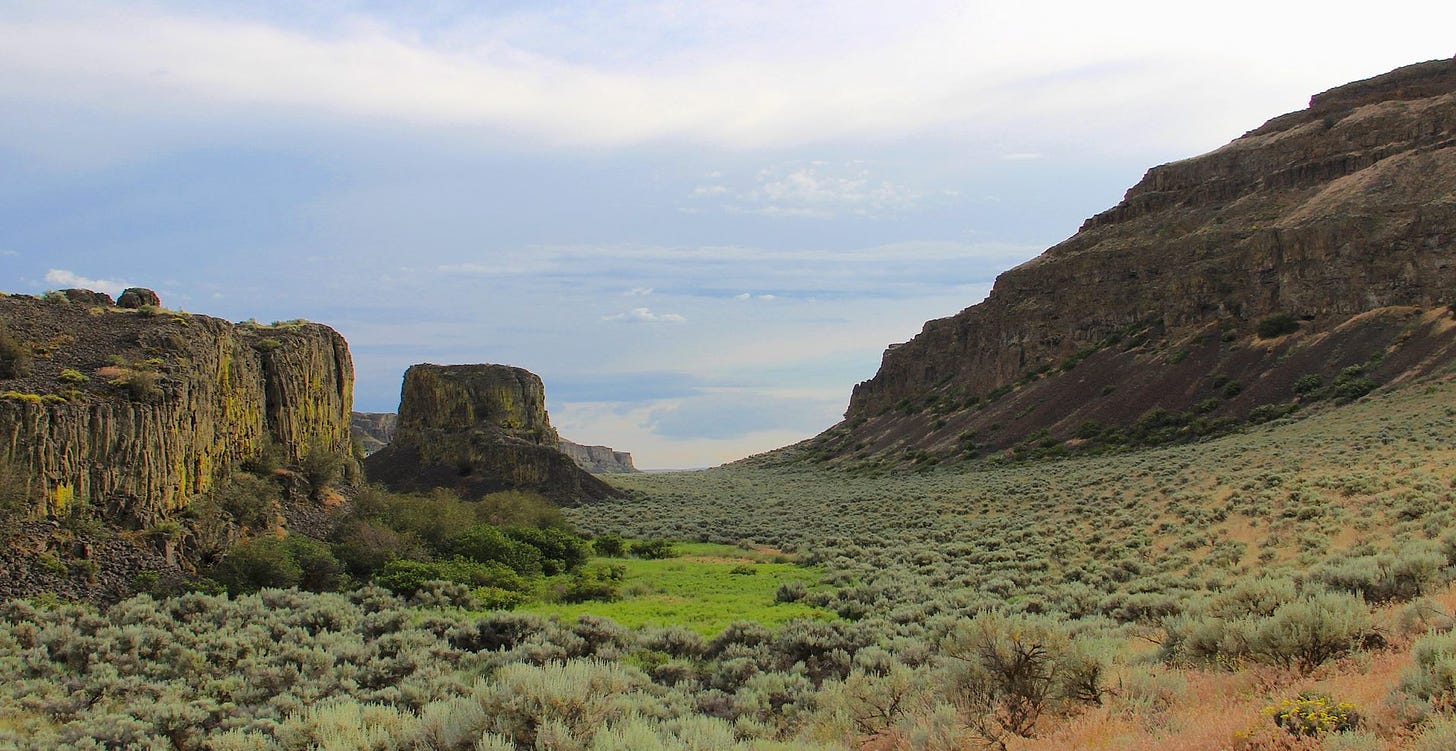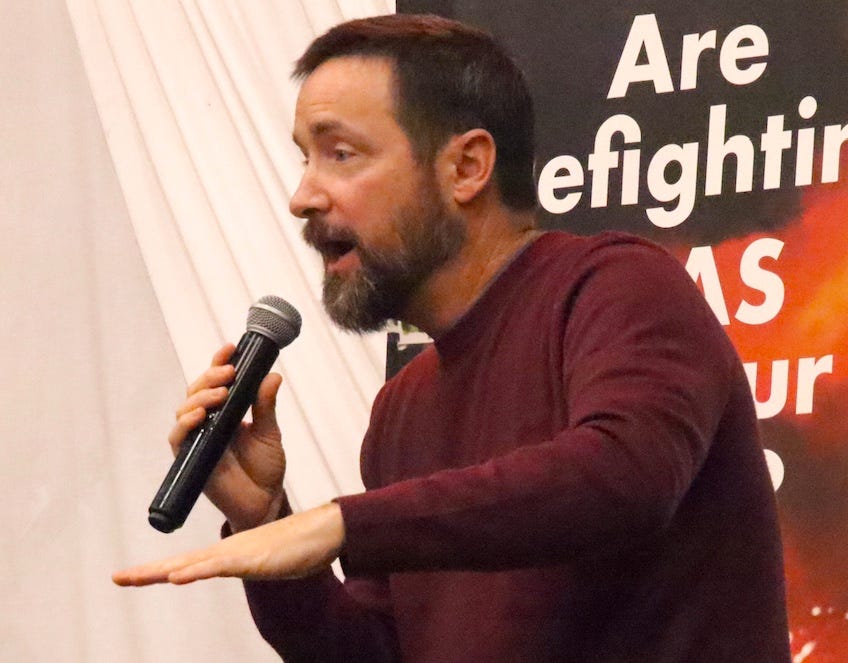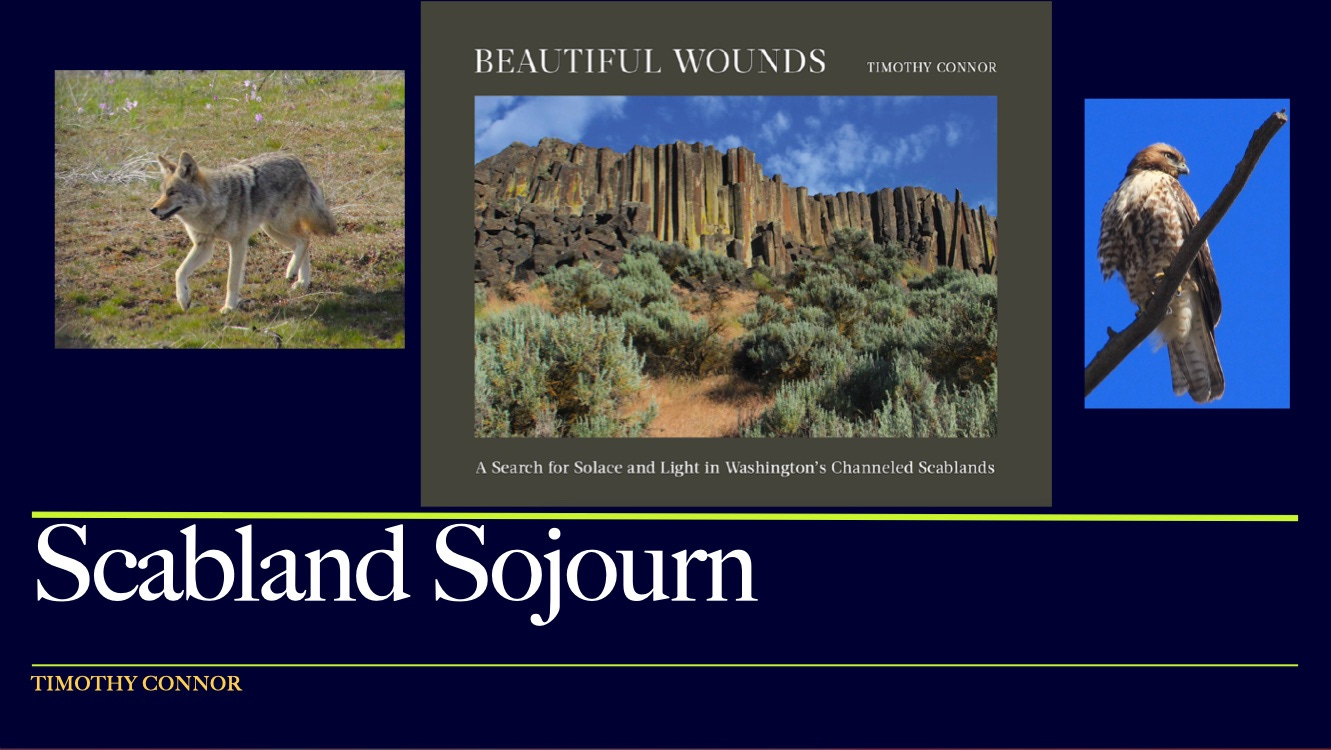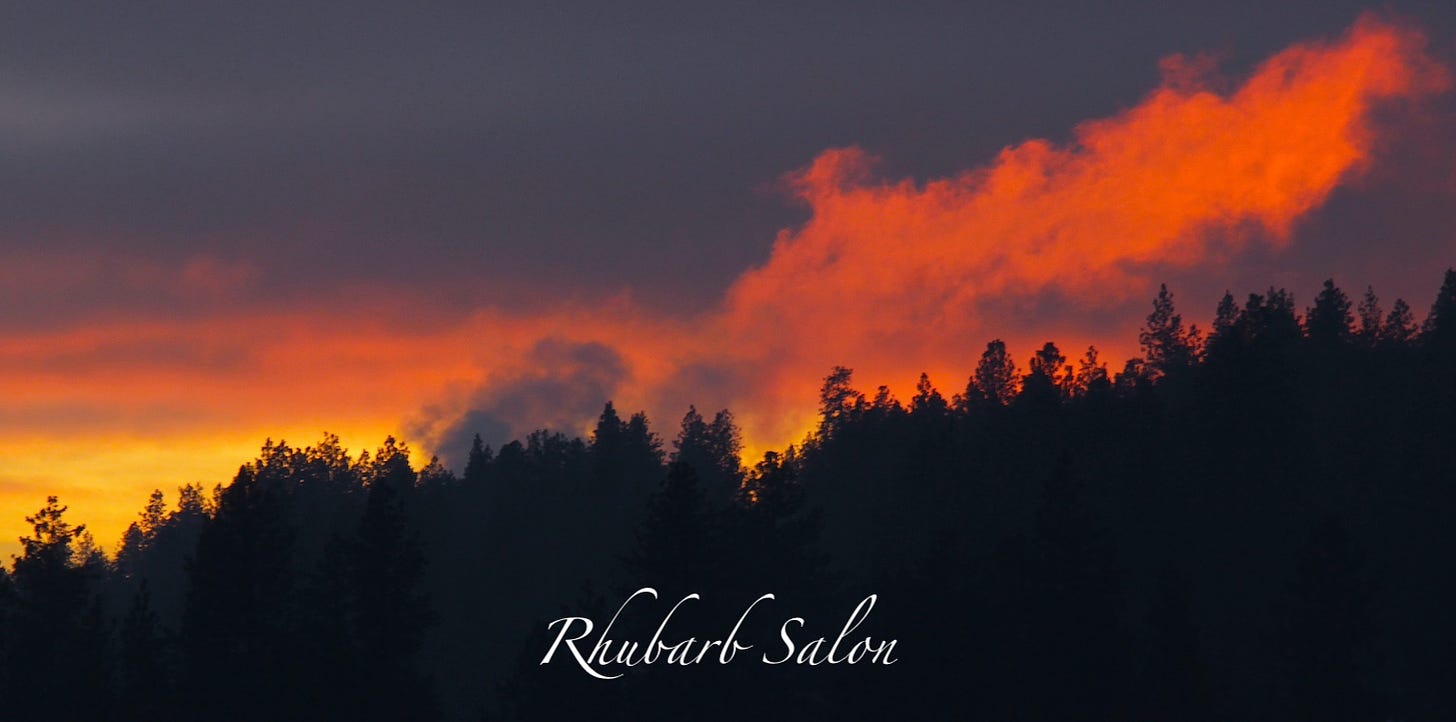Douglas Creek as it leaves its side canyon coming into the heart of Moses Coulee near Palisades, WA
The Bretz story, with some wonderful added twists…
One of the pleasant symmetries about my Beautiful Wounds homage to J Harlen Bretz and the channeled scablands is that it was released in May of last year. The book debut was right on the verge of the 100 year anniversary of Bretz’s revolutionary article, “Channeled Scablands of the Columbia Plateau” in the Journal of Geology. Bretz’s 1923 paper created an enormous stir in the realm of American earth science because it challenged the prevailing theory of “uniformitarianism”—the credo that the planet’s geography is the slow work of gradual uplifts and erosion.
The exception to the “uniformitarian” theory is all around us in eastern Washington. But it took a half century for the American geologic establishment to accept Bretz’s great flood theory for the creation of the scablands. I incorporate the Bretz story into my book events which include a souped-up slideshow, Scabland Sojourn, and video clips.
Dry Coulee, in the scabland maze east of Dry Falls
Six weeks from now I get to do something a little different that I think you’ll really enjoy. I’ve known Spokane’s premier photographer/vidoegrapher Don Hamilton since our days at Spokane Magazine in the early 1980s, where I was associate editor and Don was our “go-to” photographer. This past June we found each other in the dark at a Deep Creek summer solstice celebration and wound up visiting for most of an hour. We then had a followup discussion at Hamilton Studio which is a couple blocks west of the county courthouse and a ten minute walk from my apartment.
The result was an invitation to display my photography and present at Hamilton Studio the evening of February 2nd (a Friday). And, with some encouragement from Don, it comes with some really special added twists.
With video we’re going to bring in Spokane historians Richard Sola & Dean Kiefer to talk about their recent publication Welcome to Our World, Professor Bretz in which they reveal just how important the Spokane academic community was, not just in hosting and promoting Bretz, but also directly contributing to the science in his famous paper. The Sola/Kiefer article is fascinating, both in its description of the depth of excellence in the Spokane earth sciences community in the 1920s, and how, with its help, Bretz advanced the “Outrageous Hypothesis” that ultimately earned him the Penrose Medal, the highest award in American Geology.
In addition to Richard and Dean, we’re also going to bring in—again by video—EWU professor and Spokane tribal member Margo Hill to share the Native American oral history of what Bretz often referred to as “The Spokane Flood.” I listened, in awe, as Margo shared the story at a recent Riverkeeper fundraiser. She did an amazing job.
It’s hard to contain my excitement for this. Please put the date on your calendar and I’ll keep you posted on our progress. It should be a very memorable evening.
Eastern Washington University professor and author Chad Pritchard, presenting last Thursday at The Hub in Airway Heights.
While I’m doing shout outs I wanted to offer some applause for Chad Pritchard, the chair of Eastern Washington University’s Geology department. I’ve been reading Chad’s work for years and finally got to meet him in person and interview him last year while I was researching what became Beneath Our Feet a cover story for the Pacific Northwest Inlander that visited a half dozen of my favorite earth stories in our region.
Funny how life works. Among other things, Chad is one of the leading experts on the geologic and hydrogeologic puzzle of the West Plains. As you’ll read more about, here, and soon, Chad was essentially recruited by a group of deeply concerned residents up in the Palisades area (west of town, near Indian Canyon and Palisades Park) because of concerns they had that their water was being contaminated by PFAS—the notoriously toxic “forever chemicals” discovered at high levels near Fairchild Air Force Base in 2017.
Long story short, Chad is now the principal investigator for a “Transport and Fate” study funded by the Washington Department of Ecology that will attempt to better define the PFAS sources and groundwater pathways carrying the contaminants miles down-gradient, generally toward the north and the Spokane River. The contamination has threatened drinking water for thousands of people on the West Plains including hundreds of people who rely upon private wells.
Chad’s a gifted teacher and presenter. He gave a brief overview of the “Transport and Fate” project last Thursday at a West Plains Water Coalition meeting in Airway Heights. He is scheduled to give a fuller presentation the evening of Monday, January 29th at The Hub Community Center (just east of the Yokes Supermarket on Highway 2) at 7 p.m. Obviously, if you’re one of many who have concerns about contaminated water on the West Plains this is a valuable opportunity to learn and ask your questions.
Finally, if you’re at wits end for last minute Christmas gifts it appears (from a quick internet search) that copies of Beautiful Wounds are available at Aunties, Kizuri, and Wishing Tree Books in Spokane.
—tjc





